Planting Technology Lists
-
How to cultivate Pinellia ternata
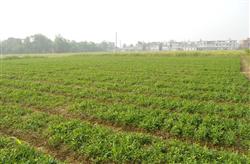
How to cultivate Pinellia ternata? Pinellia ternata is a commonly used precious traditional Chinese medicine, mainly by collecting wild resources to provide commodities. In recent years, due to changes in the environment, climate and resources, the contradiction between supply and demand has become increasingly tense. Due to the slow development of cultivation, the market has been in short supply, and prices have always remained stable and continued to rise.
2018-07-18 -
How to control miscellaneous bacteria and pests by planting Auricularia auricula?
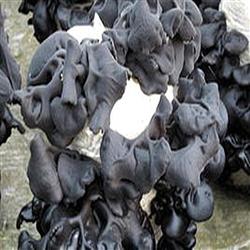
How to control miscellaneous bacteria and pests by planting Auricularia auricula? Please introduce the method of planting Auricularia auricula can refer to the following methods to control miscellaneous bacteria and insect pests: 1. Cultivation site: choose places with sunny shelter from the wind, good ventilation and convenient drainage. The site should be cleaned and disinfected frequently, and can be sprayed with lime powder, 200 times dichlorvos or trichlorfon.
2018-07-18 -
How to prevent and control insect pests by storing fungus?
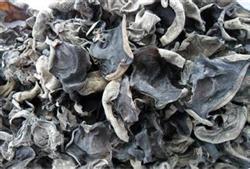
How to prevent and control insect pests by storing fungus? Please introduce the method of storing Auricularia auricula can refer to the following methods for pest control: 1, put an end to insect sources. The pests that harm Auricularia auricula are long-horned valley thief, termites, grain moth and so on. Often spend the winter in gaps in the warehouse, sundries, packaging, etc., so clean the room before storing fungus.
2018-07-18 -
How to prevent and cure Lentinus edodes malformation?
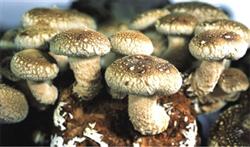
How to prevent and cure Lentinus edodes malformation? Please introduce the control methods of Lentinus edodes in the process of solid growth, there are often "candle mushroom" (with handle but no cover), "pineal mushroom" and "litchi mushroom". This is the abnormal mutant mushroom of Lentinus edodes, which belongs to physiological disease. The prevention and control measures are as follows.
2018-07-18 -
What is green mold of Lentinus edodes?
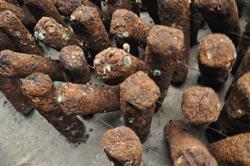
What is green mold of Lentinus edodes? Please introduce that green mold is the most easy and harmful competitive bacteria in the production of Lentinus edodes. If the management method is improper and the prevention and control is not timely, it will cause great losses to the production of Lentinus edodes. First, the symptoms and conditions of the disease of green mold in the initial stage of the disease, the hyphae showed white patches, and later.
2018-07-18 -
What harm does Aspergillus have to Lentinus edodes?
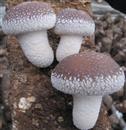
What harm does Aspergillus have to Lentinus edodes? Aspergillus is widely distributed in soil, air, all kinds of grain and its by-products such as wheat husk and rice bran. The suitable temperature for Aspergillus growth is 20 to 35 degrees Celsius, the relative humidity is 65% to 85%, and the pH is neutral or alkaline. Aspergillus is common in Lentinus edodes.
2018-07-18 -
How to prevent mite damage from Lentinus edodes?
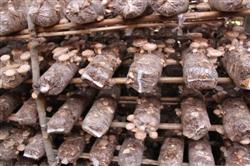
How to prevent mite damage from Lentinus edodes? Please introduce that mites can only be prevented, mainly to keep around the cultivation site clean and hygienic, away from chickens, pigs, warehouses, feed sheds and other places. The site can be sprayed with 73% carbamate EC 3000 times to prevent and kill potential mite sources. In the cultivation link, 9 raw materials must be fresh.
2018-07-18 -
What harm does slug do to Lentinus edodes?
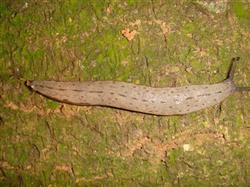
What harm does slug do to Lentinus edodes? Please introduce slugs lurking during the day, feeding in groups at night, after rain and cloudy days. Breed once a year. Eggs are laid in an inoculation hole in a bacterial bag with 10 to 20 eggs in each pile. Often live under dark, damp grass, fallen leaves or earth and stones. The suitable temperature is 15 to 25 degrees Celsius, higher than 26 degrees Celsius.
2018-07-18 -
How to plant Pleurotus ostreatus in corn?
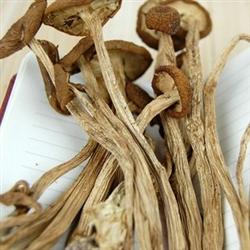
How to plant Pleurotus ostreatus in corn? Please introduce corn interplanting tea mushroom can refer to the following methods: 1, choose the land is flat, leeward to the sun, convenient water source of land, suitable for interplanting corn fields. 2. Cultivation season. The mycelial growth temperature of Pleurotus ostreatus is 10 ℃ ~ 35 ℃, and the optimum temperature is 22 ℃ ~ 27 ℃.
2018-07-18 -
How to cultivate Pleurotus ostreatus with liquid strain?
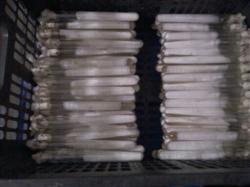
How to cultivate Pleurotus ostreatus with liquid strain? Please introduce the liquid strain cultivation of Pleurotus ostreatus can refer to the following methods: 1. The optimum temperature for mycelial production of Pleurotus ostreatus is 22lle 26 ℃, and the suitable fruiting body growth is 18Mel 25 ℃. Because the traditional cultivation method has a long cycle, it can do two seasons at most in a year, that is, spring.
2018-07-18
